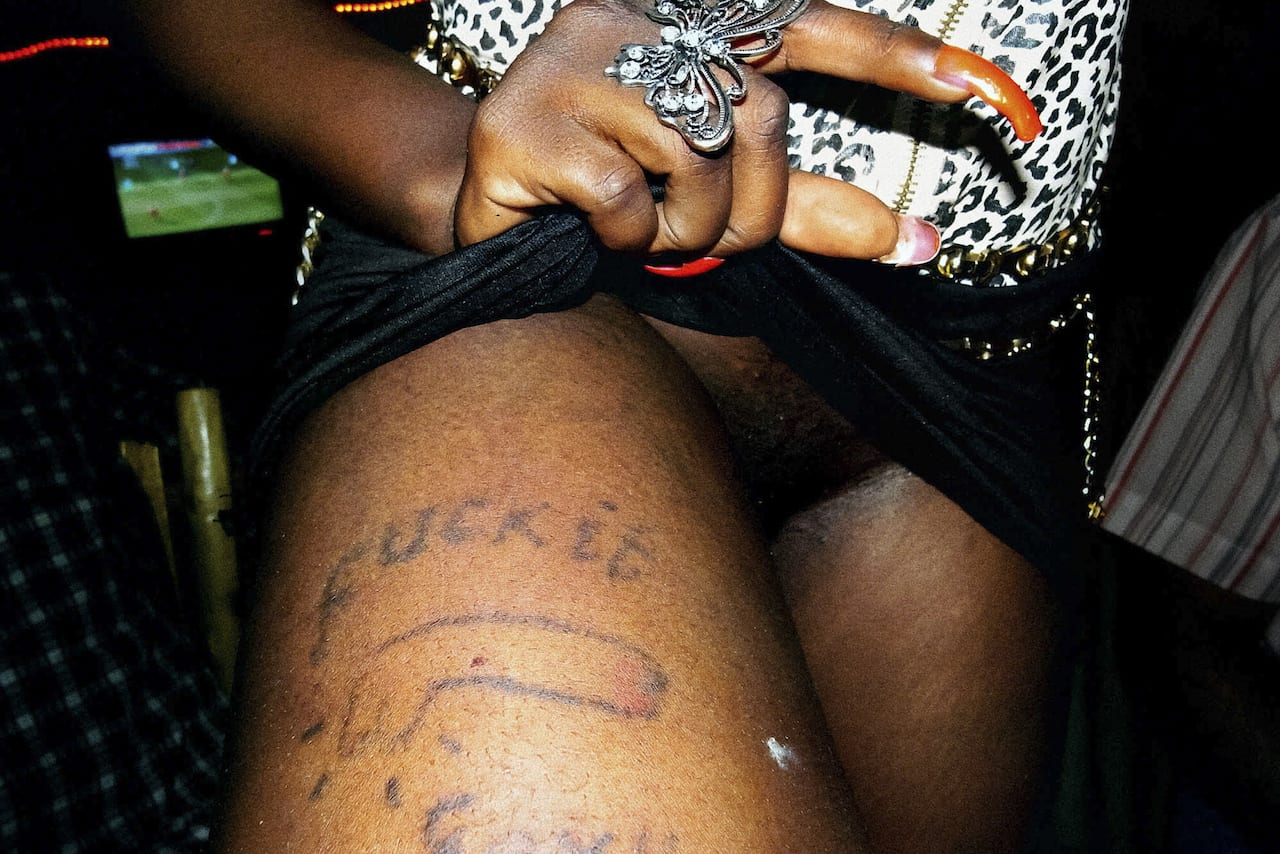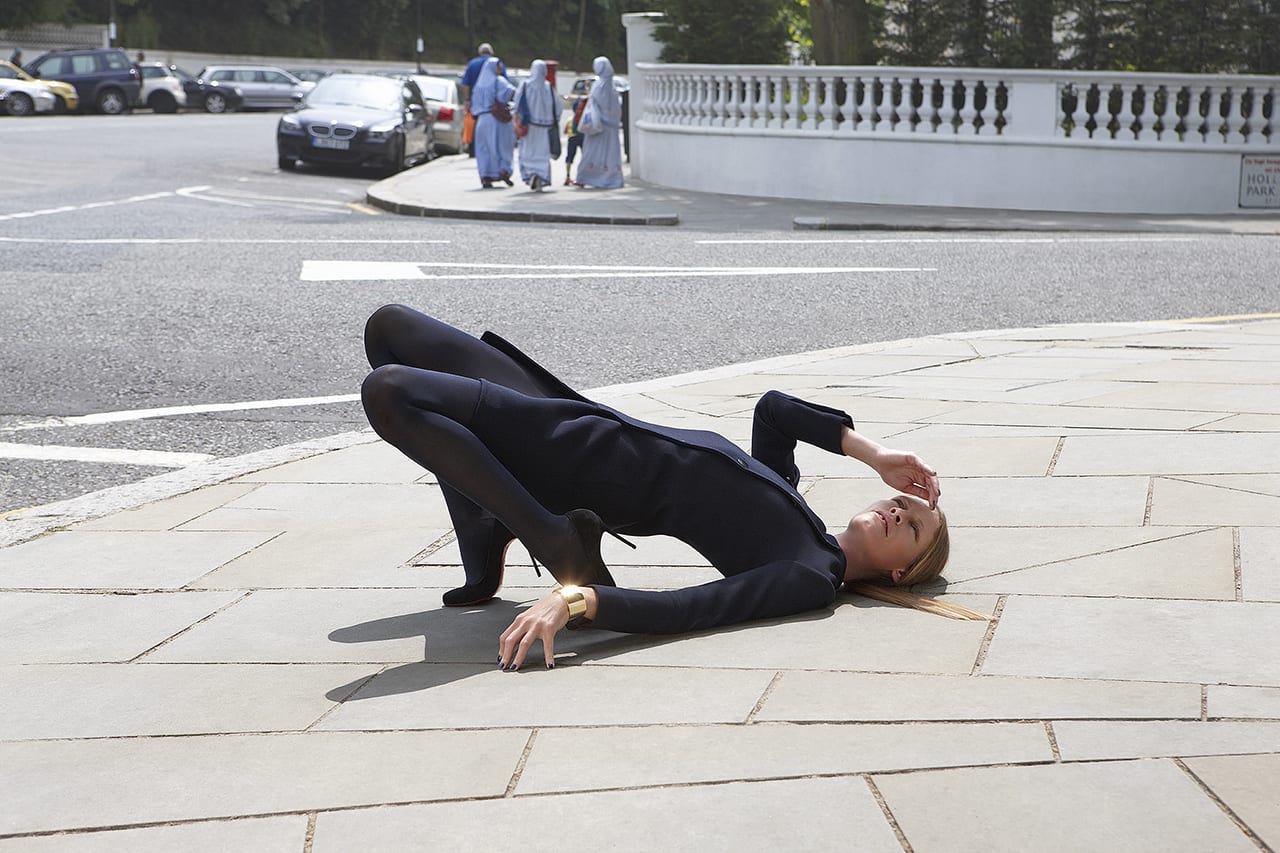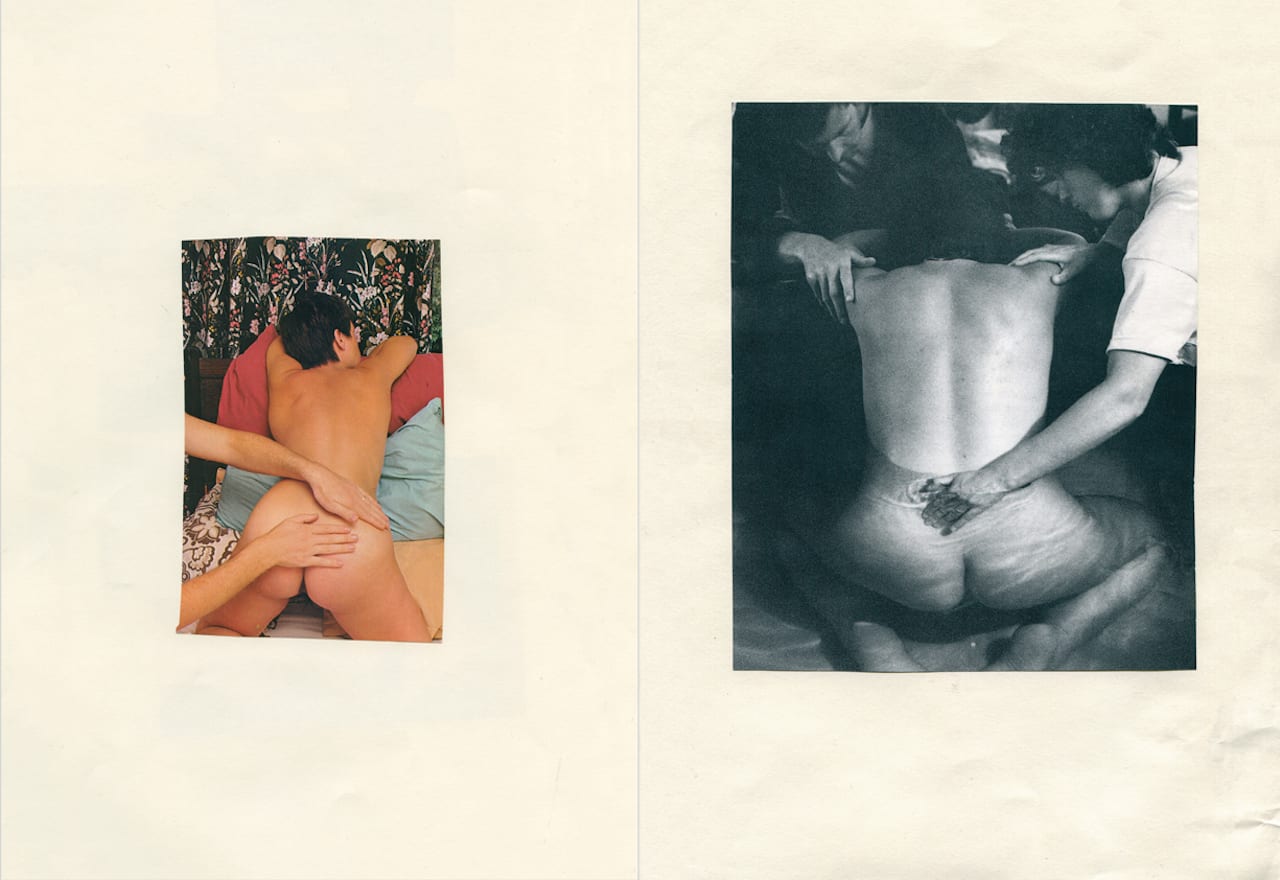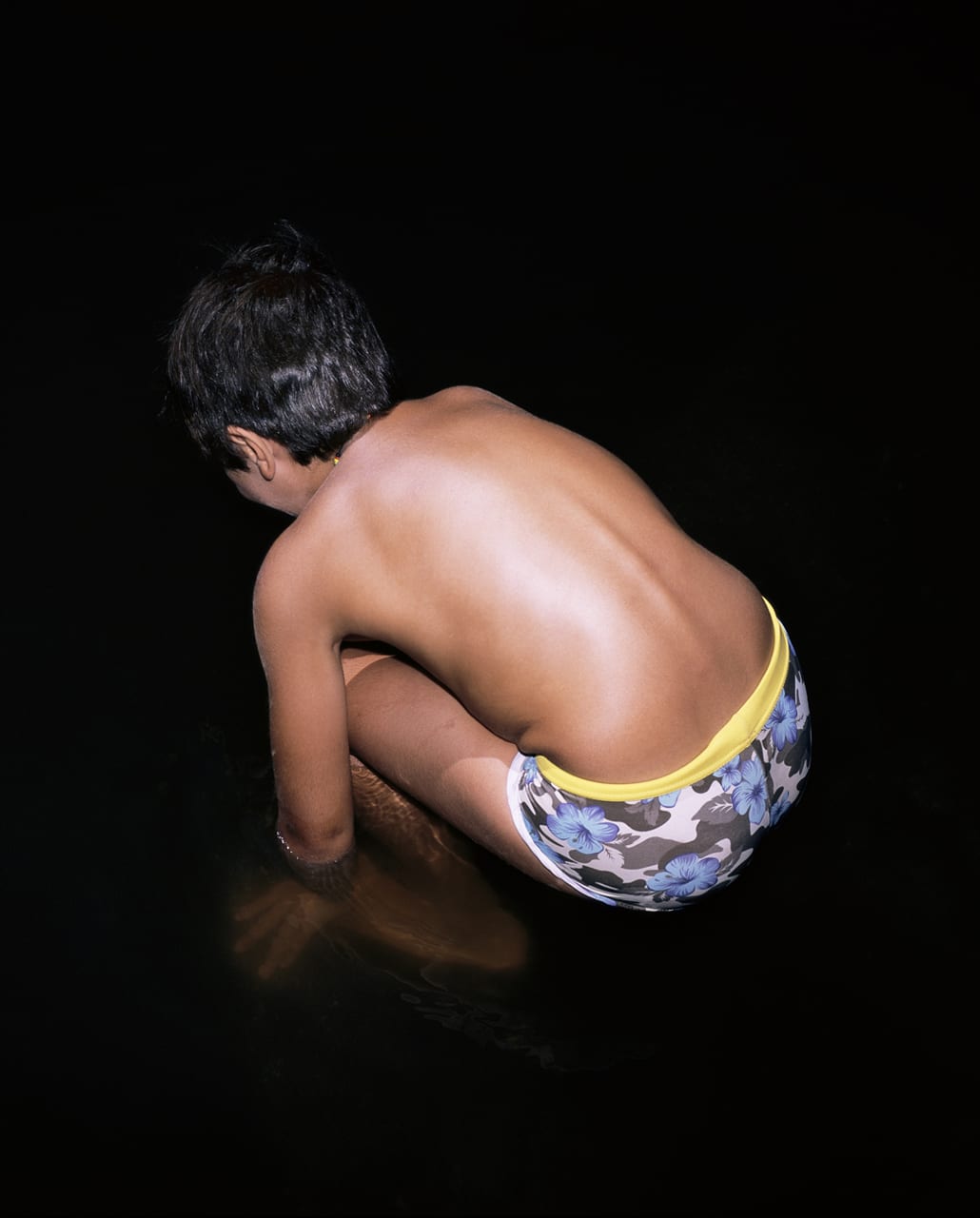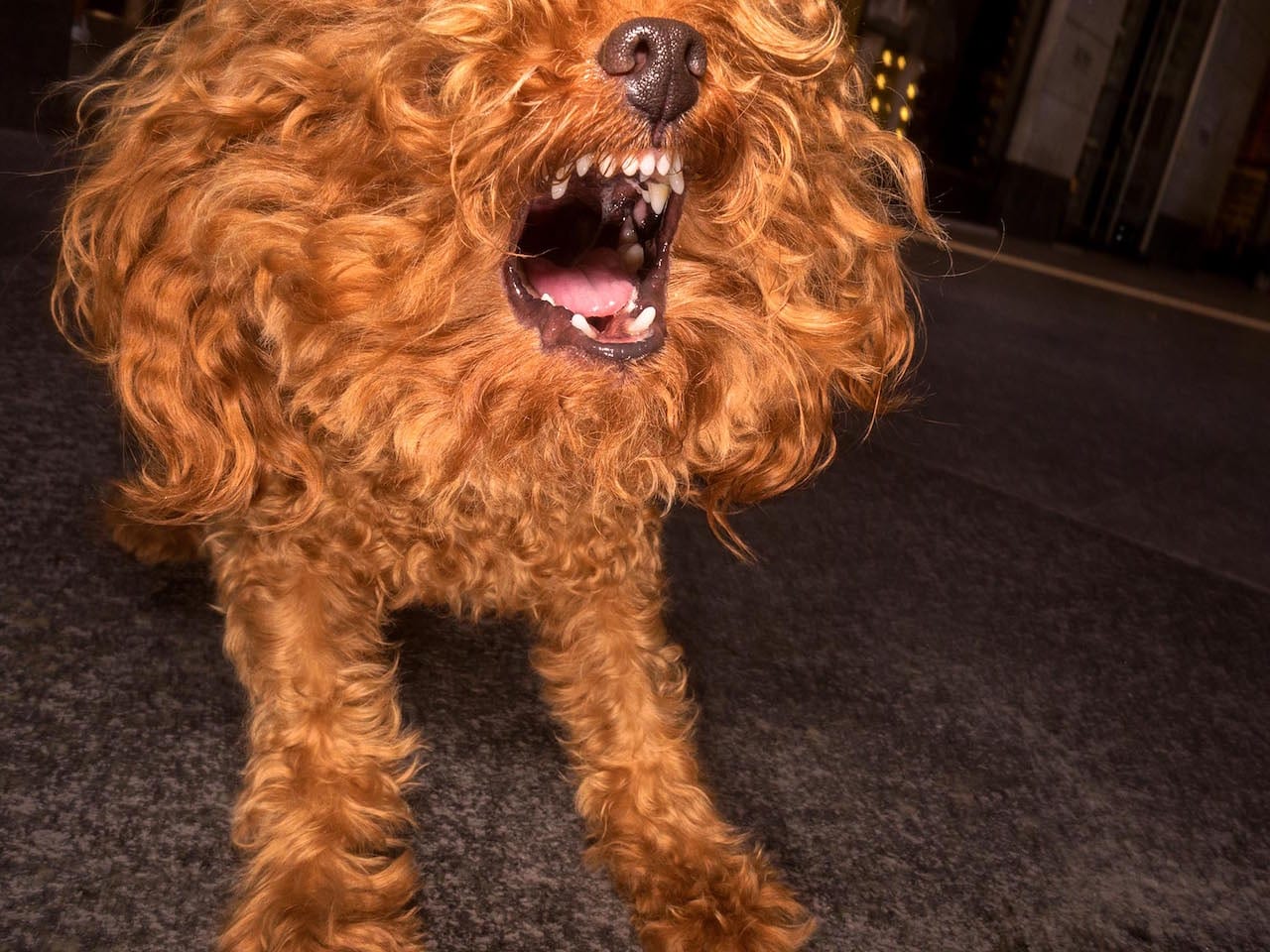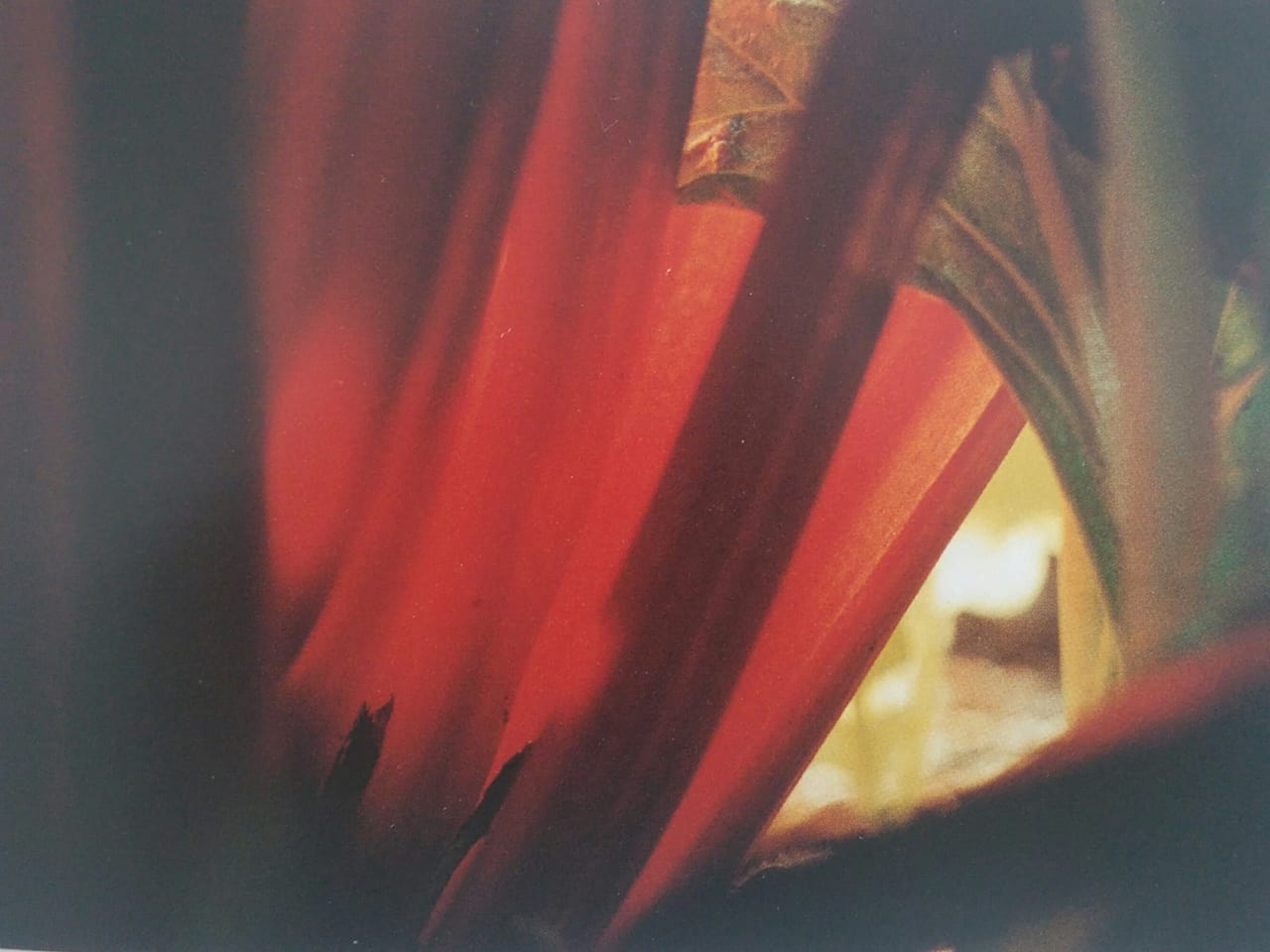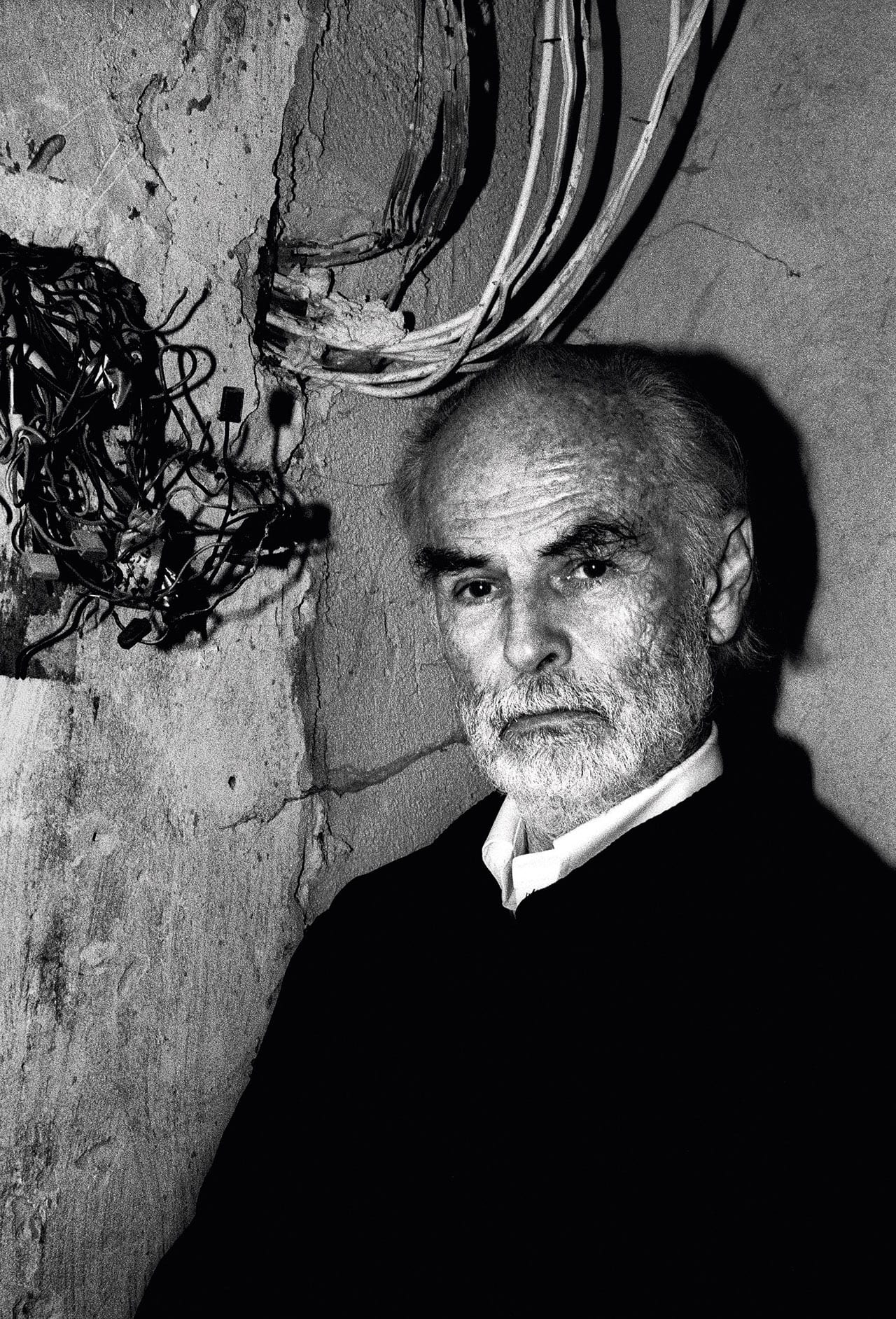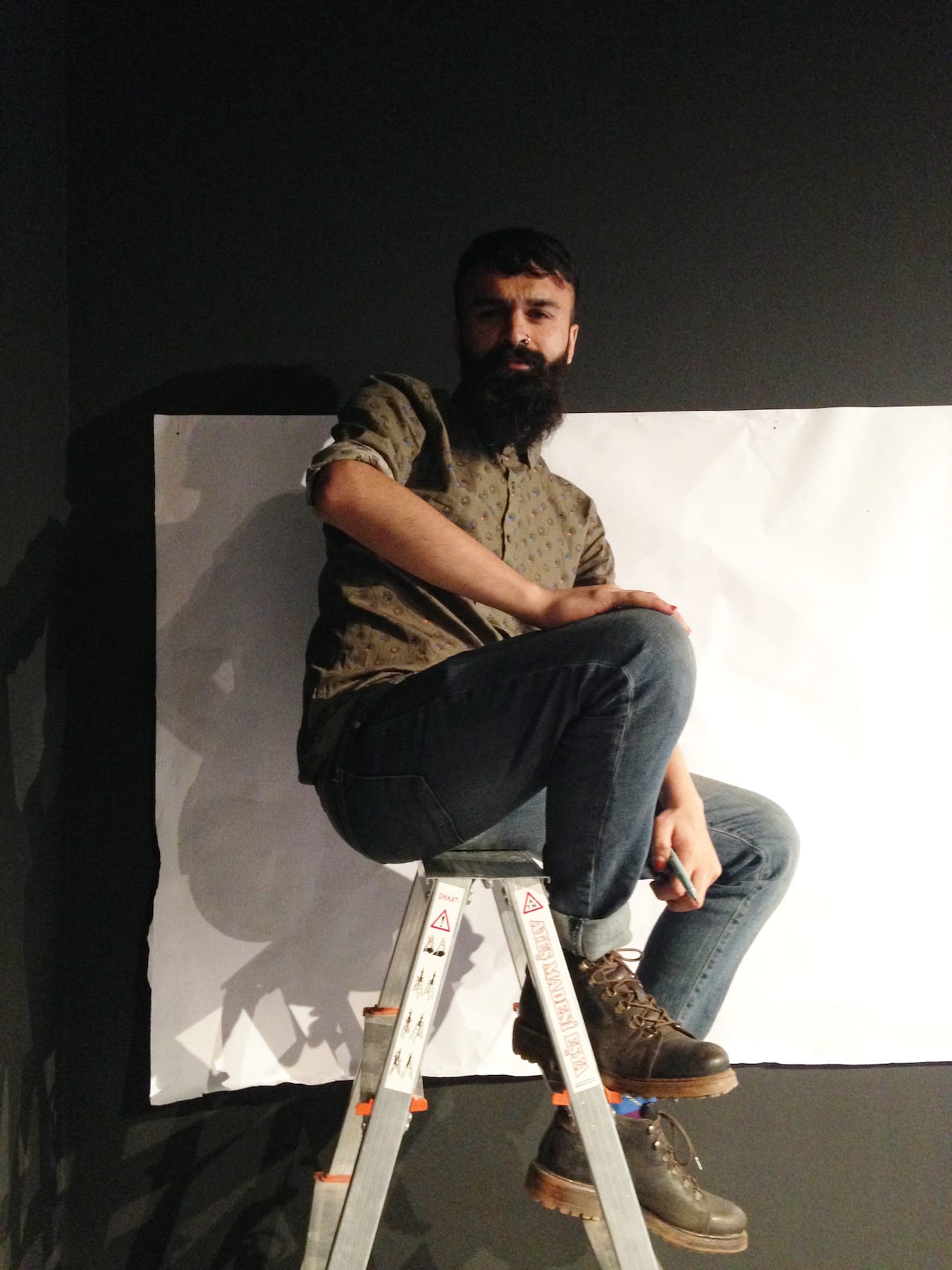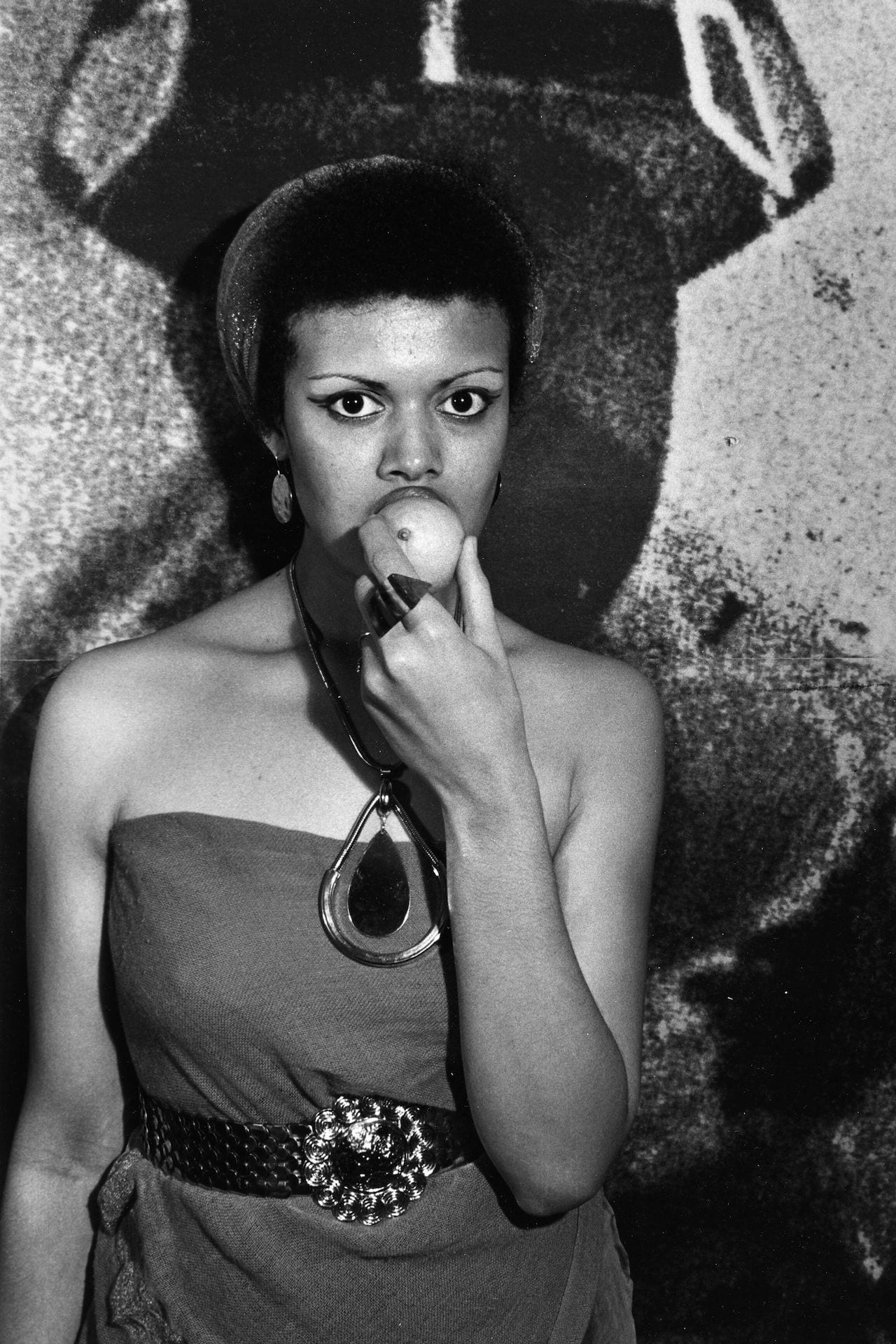Late in 2010, Michele Sibiloni left the sleepy town in the Emilia Romagna region of Italy where he had lived all his life and moved to Kampala in Uganda, a city eight times larger. He had come to cover the lead up to the 2011 general election in the country, which many had predicted might depose its leader, following the lead of the Jasmine revolution in North African countries. But, despite the jitter, all Sibiloni witnessed once the voting had ended was the swearing-in of President Yoweri Museveni for his fourth term in office since he helped overthrow Idi Amin in 1979. Even so, Sibiloni was hooked. “It’s so different to where I come from,” he tells me, by telephone from his apartment in Kampala. “At the beginning I found it really chaotic, but the more time I spent here, and the more I got to know about the surrounding region of East Africa, the more fascinated I became. In fact, I got really excited.”
